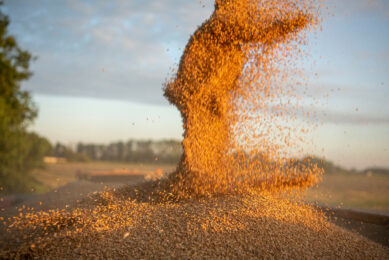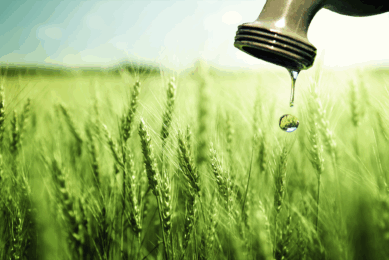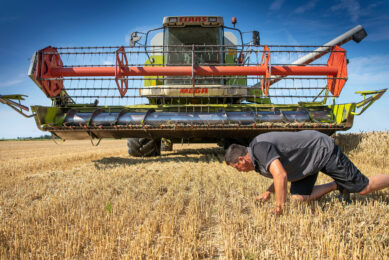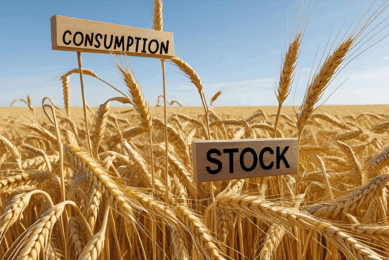Purdue: Controlling weeds in winter wheat
The most important thing farmers can do to control weeds in the 2011 wheat crop is to provide a clean, weed-free seedbed before planting, Purdue Extension weed scientist Bill Johnson says.
Few herbicides are available for wheat, so getting rid of weeds before the seed hits the ground will help eliminate crop injury and problems with yields.
"If wheat seedlings are emerging and they are competing with standing, live weeds in the fall, we run the risk of wheat not tillering," Johnson said. "If wheat doesn’t tiller as well in the fall, we will have fewer plants in the spring to crowd out other weeds and ultimately fewer grain heads for production."
Minimising or eliminating the competition from weeds in the fall will give wheat the chance to take up moisture and soil nutrients and to absorb as much sunlight as possible, Johnson said.
In addition to a clean seedbed, Johnson said wheat farmers should wait to plant wheat until after the average Hessian fly-free date for their area.
"Planting after the Hessian fly-free date is a good rule of thumb for planting wheat because it also minimises weed interference," Johnson said. "If farmers can have a weed-free seedbed by that date, or a little bit later, they’ve probably done a pretty good job of controlling all of the weeds that are going to emerge in that season, and weed emergence after that time will be fairly minimal."
Related website:
• Purdue University











